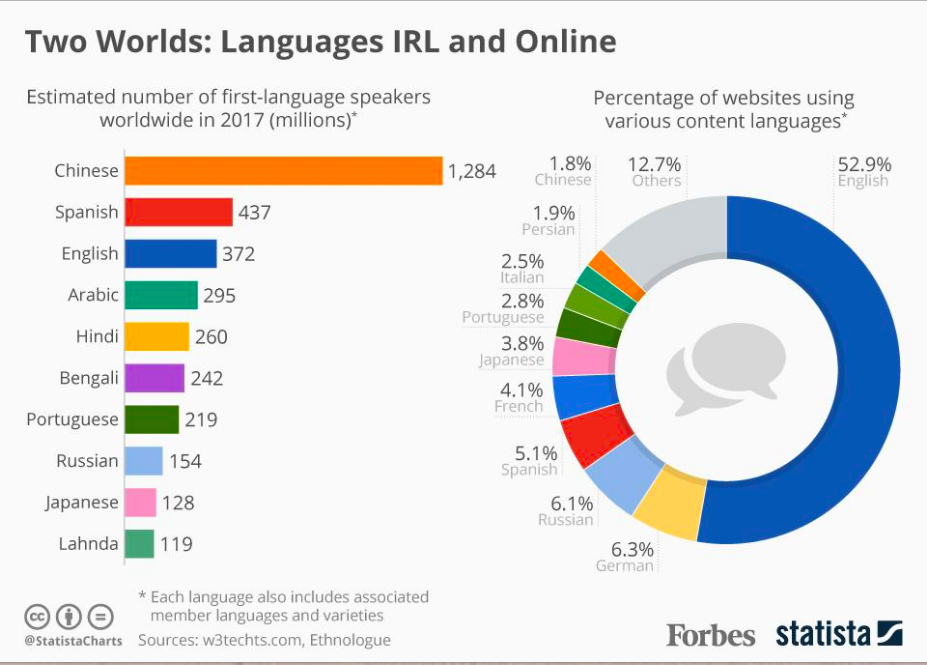When building a company, many businesses at some point have aspirations to enter new markets and grow into an international brand.
Whilst you can’t always guarantee you’ll become a billion-dollar success, there are definitely growth opportunities within new markets that businesses can take full advantage of.
But, it’s a tough call for entrepreneurs to make. And many end up expanding too quickly, with failure being the harsh reality.
Expanding overseas starts with some big questions. Skip these, and your expansion strategy probably won’t count for much.
While not all questions will have a definitive answer, here are 8 things to consider before going global.
Is my business built on solid foundations?
Before you consider an expansion, you’ll need to assess your current position in your home market. Your business needs to be stable on a day-to-day basis before you think about growth opportunities.
Are my customers global?
A big mistake many companies make when going globally is simply assuming they will have international customers ready to purchase their products or services.
A simplified, ‘first step’ in understanding that process would be to look at your Google Analytics. This is a way to see where your current website visitors live.
Go to: Google Analytics Dashboard > Audience > Geographical Data > Location.

It will give you an indication on what markets you might consider as a good starting point. Essentially, they are already interested in you, but maybe your lack of localization is stopping them from buying your product or service.
But, if a market you want to launch in doesn’t appear in your Google Analytics, it’s not necessarily a negative, it could simply be because they can’t find your website in their language!
Which links nicely to..
Does my website speak to my global customers?
Do your customers understand your current website? Depending on which market you’re entering, the answer will probably be no.
Even if you’re thinking about breaking into countries where English is the spoken language, think about countries like the USA, where 41 million people are native Spanish speakers.
English may well be the most widely-spoken language in the world, but the importance of having website pages communicating your message in the right language for your customer can increase the retention and opt-in rate on your website.

From an outside perspective website translation can seem like a daunting task, but with multilingual website solutions now available on the marketplace, you can automatically translate your website in minutes. There’s no need for duplicated websites, or a big investment in terms of time and money spent on manual translation.
Website translation solutions, like Weglot, also ensure all your newly translated content is SEO indexed – so you’ll be optimised and searchable in your new markets.
Have I assessed the competition?
Determining your competition is absolutely crucial to understanding whether you have a place in your new market.
Many companies don’t take the time to figure out whether similar products or services are already available in their new markets. Spending time speaking with potential customers can help avoid costly mistakes.
There are countless big brands that have tried to enter new markets and failed in a big way. Take Starbucks for example – a chain loved by millions, but which failed to penetrate the Australian market. This equated to $150m in loses. And why did they fail? A lack of research into their new market and zero localization. Starbucks simply couldn’t compete with the ‘local’ coffee culture preferred by Australians.
Do you research. Is there a demand for your product/ service, and if so, is there already a more successful local version of it which you’ll simply not be able to compete against. What’s more, researching your new target market using partners from your country of interest is absolutely essential and will improve your understanding tenfold.
Check out ESOMAR’s Directory of Research to find trustworthy local partners in your new markets.
Do I have someone local to help?
Having someone local who knows the language and customs can be hugely beneficial. Local teams bring a human element to conversations, as after all, they know the culture better than anyone. But, that doesn’t mean you need to hire a big team – it can start very small with a part-time freelancer.
Local partners can help build overseas partnerships, facilitate sales and ensure the most localised experience for consumers.
How will I adapt to the local market?
Although we briefly mentioned website translation, you’ll also need to consider how you’ll communicate to your new markets in terms of marketing. This is where localization really comes in.
Different markets will need different approaches. It sounds like a lot of work – but in the long run, it will pay off.
Use what you have learnt from your consumer research to determine whether there are any cultural taboos and/or cultural events that you need to take into consideration, or add into your approach.
Successful marketing campaigns use the correct channels to target the right audience.
In China, you’re not going to be able to use Twitter, in Brazil Facebook is the more favoured social media channel… Targeting your messaging to your new market will increase your chances of success.

Know your market and where and how to target them.
Should I just expand online?
This is a good question. Do you actually need staff on the ground? Or is the service/product you’re offering more suited to an online expansion. It might not actually be necessary to establish a physical presence abroad.
Selling internationally can be managed by changing shipping options and ensuring your website has the right currencies for your new markets.
Website translation would be key here as 90% of non-English speakers won’t buy unless what they’re purchasing is in their own language.
Do I have an exit strategy?
Expect the unexpected. No matter how prepared you are when you go global, failure can happen. But, learning how to combat failure will differentiate you.
Start small and regularly assess the return on investment along the way.
However, you’ll always need to have a backup plan in place – in case your expansion doesn’t work out as planned.
Having an exit strategy ready to put in place is imperative.
Summary
- Ensure your current business is stable
- Understand your customer and market through research and local partners
- Translate your website and ensure your marketing efforts are targeted
- Have an exit strategy


